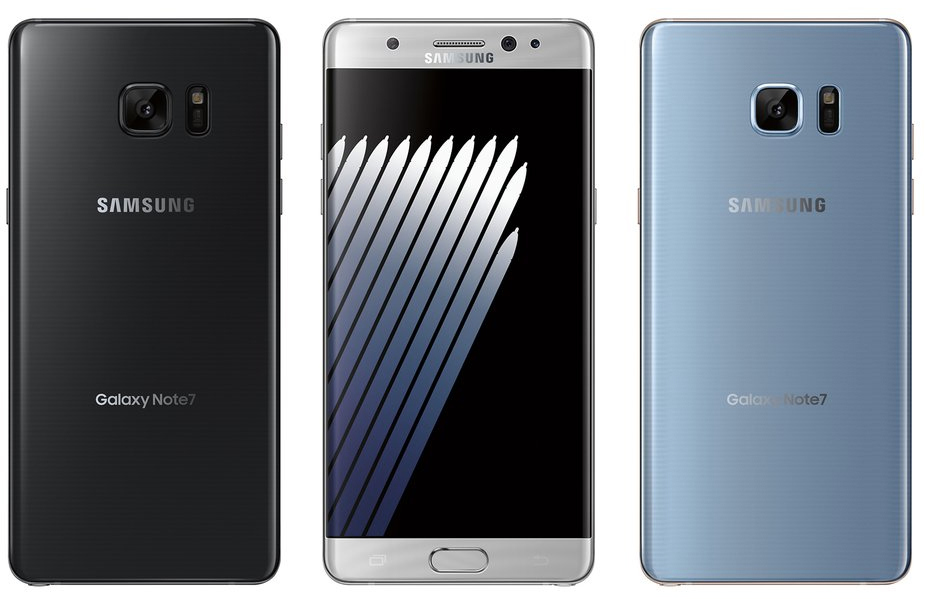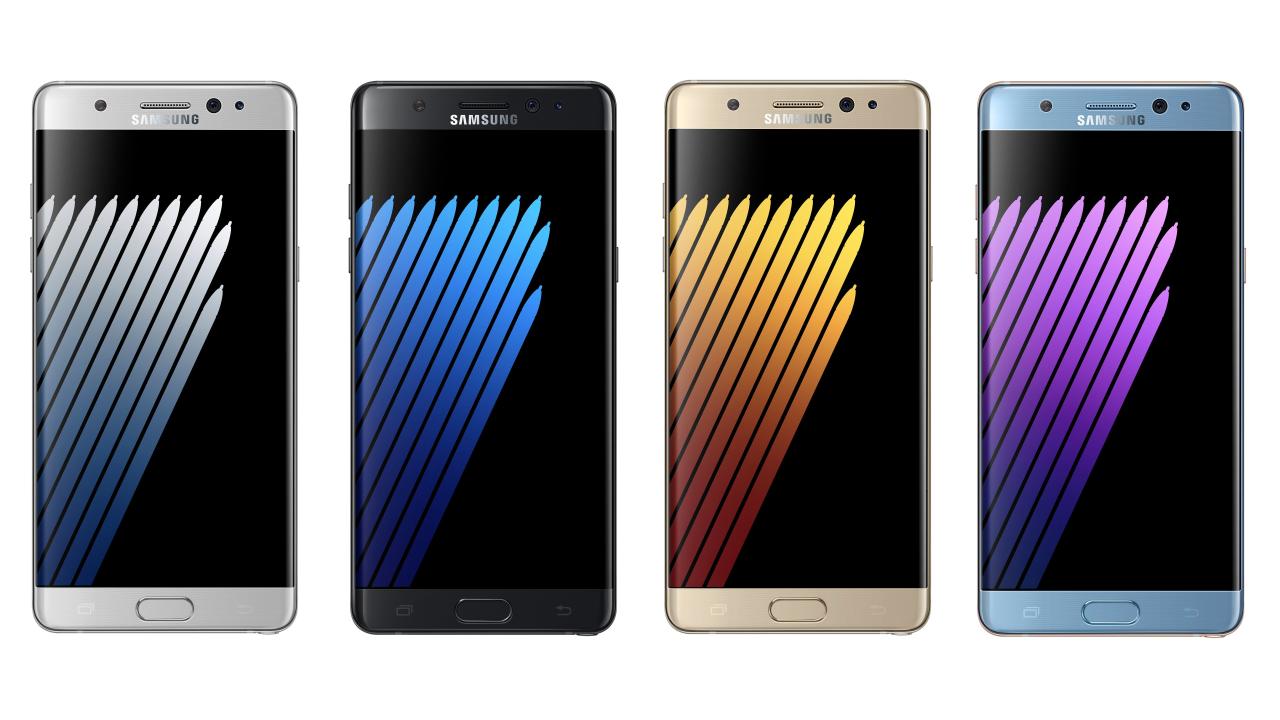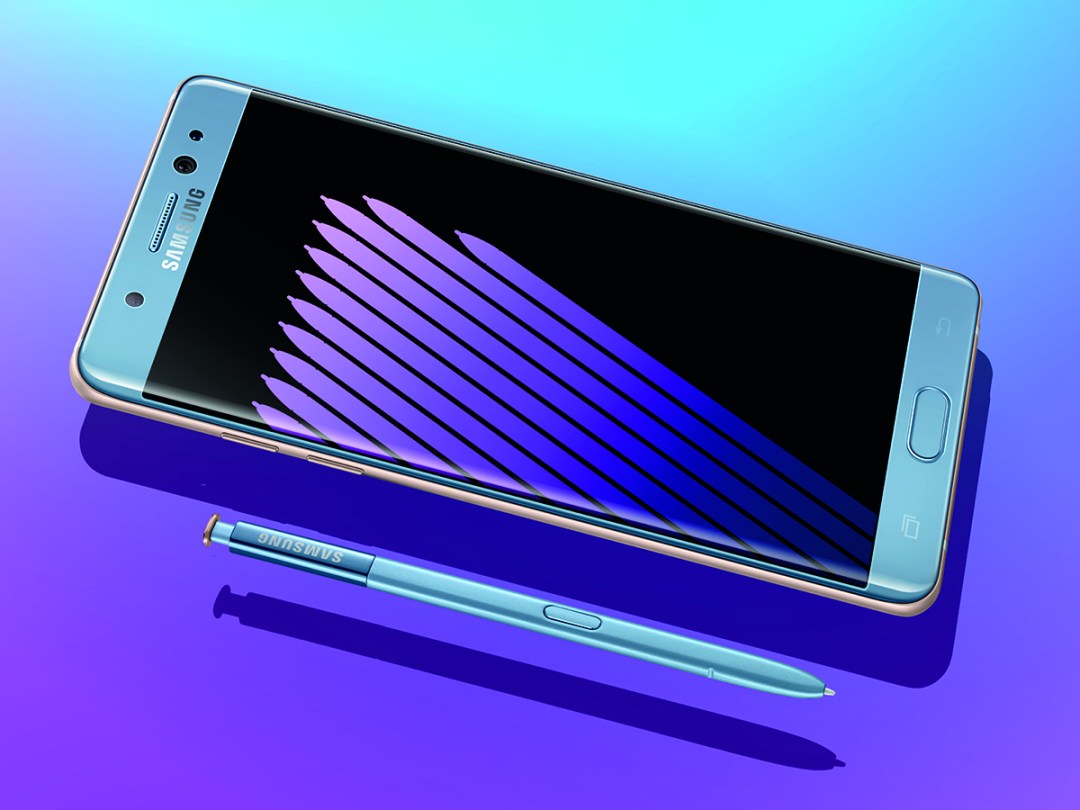samsung galaxy note 7 stands as a landmark in smartphone history, known for its bold innovations and equally notorious safety challenges. Launched in 2016, this device introduced cutting-edge features, including an advanced camera, waterproof design, and the iconic S Pen, attracting tech enthusiasts and casual users alike. However, it soon became infamous due to serious safety incidents, leading to a massive recall that shook the tech industry.
As we explore the journey of the samsung galaxy note 7, we delve into its historical background, the technological advancements it brought forth, the unfortunate safety issues that followed, and the long-term implications that reshaped the smartphone landscape. Join us in uncovering the story of a device that was both celebrated and criticized.
Historical Background of Samsung Galaxy Note 7

The Samsung Galaxy Note 7 was launched on August 19, 2016, as a significant addition to Samsung’s renowned Galaxy Note series. It was highly anticipated due to the overwhelming success of its predecessor, the Galaxy Note 5. The device was introduced with the promise of cutting-edge technology and an enhanced user experience, aiming to cater to both power users and tech enthusiasts. Initial reception was largely positive, with consumers lauding its design, features, and performance.
The technological advancements that distinguished the Galaxy Note 7 included a stunning 5.7-inch Super AMOLED display, the inclusion of water and dust resistance rated at IP68, and the introduction of the new S Pen stylus with improved functionality. Additionally, it featured the latest Snapdragon 820 processor, enhanced battery life, and a dual-edge display that provided a more immersive experience. This model also introduced the Iris Scanner, marking a significant step forward in biometric security.
Target Customer Demographics, Samsung galaxy note 7
Samsung primarily targeted a diverse range of demographics during the release of the Galaxy Note 7. The focus included:
- Business Professionals: Users who require productivity features, such as multitasking capabilities and the S Pen for taking quick notes and annotating documents.
- Tech Enthusiasts: Consumers eager to adopt the latest technologies, including the Iris Scanner and advanced camera features, which appealed to their desire for cutting-edge devices.
- Creative Individuals: Users such as artists and designers who benefited from the S Pen’s precision and the device’s large display for sketching and creativity.
- General Consumers: The average smartphone user seeking a premium device with high-end specifications and excellent multimedia capabilities.
The Galaxy Note 7 was designed to appeal to consumers who valued a high-performance smartphone that could serve both as a workhorse and a device for leisure activities, integrating features that enhance daily life and productivity.
Safety Issues and Recall

The Samsung Galaxy Note 7, initially celebrated for its innovative features and design, quickly became notorious for safety issues that led to a significant recall. Reports emerged of the device overheating and, in some cases, catching fire, raising serious concerns about its safety and reliability. These incidents not only jeopardized user safety but also posed a critical challenge for Samsung as a leading electronics manufacturer.
The safety incidents related to the Galaxy Note 7 included numerous reports from consumers experiencing their devices overheating, swelling batteries, and, alarmingly, fires. Several notable cases highlighted the severity of the issue; one incident involved a Note 7 igniting in a woman’s handbag, while another story featured a vehicle catching fire due to a charging device that had been plugged into a Note 7. Such incidents prompted widespread media coverage, igniting public fear and leading to heightened scrutiny of Samsung’s quality control practices.
Response to the Recall
In response to the safety concerns, Samsung took decisive action to rectify the situation and restore consumer confidence. The company initiated a global recall of the Galaxy Note 7, urging customers to cease usage immediately and return their devices for a refund or an exchange. This move marked one of the largest recalls in the tech industry and was executed in several phases.
To ensure the safety of consumers, Samsung implemented the following steps during the recall process:
- Immediate Suspension of Sales: Samsung halted all sales of the Galaxy Note 7 shortly after the first reports of incidents surfaced, prioritizing consumer safety above profits.
- Collaboration with Regulatory Bodies: The company worked closely with safety regulators in numerous countries, including the U.S. Consumer Product Safety Commission, to ensure compliance with safety standards and regulations.
- Replacement Program: Samsung offered affected customers a replacement device, initially thinking that the issues stemmed from a specific batch of batteries. However, further incidents led to a complete discontinuation of the model.
- Enhanced Inspection Procedures: Following the recall, Samsung introduced new battery safety protocols and quality assurance measures for future products to mitigate similar risks.
- Public Communication: The company also engaged in an extensive public relations campaign, including advertisements and communications through social media and other channels, to inform consumers about the recall and safety measures being implemented.
The impact of the recall on Samsung’s brand reputation was profound and multifaceted. Initially, the company faced a significant backlash as consumers and industry experts criticized its quality control measures. The swift action taken to address the crisis, however, demonstrated a commitment to consumer safety that ultimately helped to restore some degree of trust. Despite these efforts, the financial implications were substantial. The recall cost Samsung billions of dollars, and its market share in the premium smartphone segment decreased as competitors capitalized on the situation.
In summary, while the Galaxy Note 7’s safety issues posed a major crisis for Samsung, the company’s response involved a comprehensive recall strategy aimed at restoring consumer confidence and improving safety standards for future devices. The lessons learned from this incident continue to influence the company’s practices and policies in the mobile device industry.
Technical Specifications: Samsung Galaxy Note 7

The Samsung Galaxy Note 7 was a flagship device that combined cutting-edge technology with a host of features designed for productivity and entertainment. Released in August 2016, it captured attention with its sleek design, impressive specifications, and innovative functionalities, which set a high benchmark for smartphones at that time.
The technical specifications of the Galaxy Note 7 are noteworthy, featuring a balanced combination of hardware and software optimized for performance. Below is a detailed breakdown of its key specifications and features:
Device Specifications
The Galaxy Note 7 was equipped with robust hardware that catered to a wide range of user needs, from multitasking to gaming. The following highlights its core specifications:
| Feature | Specification |
|---|---|
| Display | 5.7 inches Super AMOLED, 1440 x 2560 pixels |
| Processor | Qualcomm Snapdragon 820 or Exynos 8890 (depending on region) |
| RAM | 4 GB |
| Storage | 64 GB, expandable via microSD (up to 256 GB) |
| Camera (Rear) | 12 MP, f/1.7, dual pixel, OIS |
| Camera (Front) | 5 MP, f/1.7 |
| Battery | 3,500 mAh, non-removable |
| Operating System | Android 6.0.1 (Marshmallow), upgradable |
| Dimensions | 153.5 x 73.9 x 7.9 mm |
| Weight | 169 grams |
Performance Metrics Comparison
In terms of performance, the Galaxy Note 7 held its ground against other flagship smartphones of its time. A comparison with key competitors, such as the iPhone 7 Plus and Google Pixel, reveals how it stacked up in various performance metrics:
The following aspects highlight its competitive performance:
- Processing Power: The Snapdragon 820 and Exynos 8890 processors offered comparable performance to the Apple A10 Fusion chip, allowing for seamless multitasking and gaming experiences.
- RAM Efficiency: With 4 GB of RAM, the Note 7 managed to run applications smoothly, though the iPhone 7 Plus performed similarly with its efficient memory management despite having only 3 GB of RAM.
- Camera Quality: The Galaxy Note 7’s camera was praised for its low-light performance and fast autofocus, rivaling the outputs from the Google Pixel, which was known for its exceptional photo quality.
- Battery Life: Despite safety concerns, the Note 7’s battery life was competitive, providing up to 20 hours of talk time, which was comparable to the iPhone 7 Plus.
Battery Performance and Charging Capabilities
The battery performance of the Galaxy Note 7 was a focal point, especially amidst the subsequent safety issues that arose. Equipped with a 3,500 mAh battery, it was designed to support extensive usage throughout the day.
The charging capabilities further enhanced its appeal:
- Fast Charging: The device supported both fast wired and wireless charging, allowing users to quickly power up their devices without extended downtime.
- Battery Management: Intelligent battery management features optimized power consumption based on user habits, which helped prolong battery life during daily use.
- Charging Time: The Note 7 could charge up to 50% in approximately 30 minutes with the fast charging capabilities, a significant advantage for busy users.
The combination of these specifications made the Galaxy Note 7 a formidable device in the smartphone market, though its legacy was ultimately overshadowed by safety concerns.
Legacy and Impact on Future Devices
The Samsung Galaxy Note 7 disaster left a profound impact not only on the company itself but also on the smartphone industry at large. The issues surrounding its safety and subsequent recall prompted a reevaluation of design philosophies, quality assurance practices, and consumer trust dynamics. The lesson learned from this incident echoed through boardrooms and design studios, shaping the future of mobile technology.
The Galaxy Note 7’s battery issues, which led to overheating and fires, served as a stark reminder of the importance of rigorous testing and quality control. In response, Samsung implemented the “8-Point Battery Safety Check,” which became a cornerstone in their product design philosophy. This check includes thorough assessments such as durability testing, visual inspection, and extensive safety assessment protocols. The aim was to ensure that future devices could withstand operational stresses without compromising user safety.
Influence on Design and Safety Protocols
The safety crises surrounding the Galaxy Note 7 catalyzed a series of changes in the design and manufacturing processes of smartphones. Manufacturers across the board began to prioritize safety more prominently in their device designs. Notable changes included:
- Improved Battery Management: Companies invested in advanced battery management systems to monitor temperature and charge cycles, reducing risks associated with overheating.
- Rigorous Testing Standards: Enhanced testing protocols became commonplace, ensuring that devices underwent thorough evaluations before reaching consumers. This included simulating various real-life conditions and potential stressors.
- Collaboration with Third-Party Safety Experts: Many manufacturers sought partnerships with independent testing organizations to validate their safety claims, adding an extra layer of accountability.
The fallout from the Note 7 incident also spurred innovation in other areas. For instance, manufacturers began to explore alternative materials and designs that reduce the risk of battery-related issues. The use of solid-state batteries, which are less prone to overheating, has gained attention in recent years, showing a marked shift towards safer technology.
“The Galaxy Note 7 incident became a case study for the entire smartphone industry, underscoring the critical nature of safety in technology.”
The impact of the Galaxy Note 7 recall extended into consumer trust and the regulatory landscape of technology. Following the incident, consumers became increasingly vigilant about product safety, leading to heightened demand for transparency from manufacturers. Regulatory bodies began to scrutinize battery safety and device testing more rigorously, potentially leading to new compliance standards that could affect future innovations.
The Note 7 situation has ingrained a lasting awareness around safety regulations in technology. Consequently, companies today are more aware of the need to not only meet consumer expectations for innovation but also ensure that these innovations do not compromise safety. The repercussions of this event continue to ripple through the industry, shaping the future landscape of smartphone development and consumer relations.
General Inquiries
What year was the samsung galaxy note 7 released?
The samsung galaxy note 7 was released in 2016.
What were the main features of the samsung galaxy note 7?
Key features included a 5.7-inch display, an S Pen, waterproof design, and advanced camera capabilities.
How did the recall of the samsung galaxy note 7 affect Samsung?
The recall significantly impacted Samsung’s brand reputation and led to a loss of consumer trust, although they have since worked to rebuild it.
What safety measures were implemented after the recall?
Samsung implemented rigorous safety testing and quality control processes for future devices to prevent similar incidents.
Is the samsung galaxy note 7 still usable today?
While it may still function, using the samsung galaxy note 7 is not recommended due to safety concerns associated with its battery.
The Samsung S9 Plus is a standout device in Samsung’s lineup, known for its stunning display and robust performance. With features designed for photography enthusiasts, it’s no wonder this smartphone captured the attention of many users. At the same time, the legacy of the Samsung Note7 still lingers, reminding us of the brand’s challenges and triumphs in innovation.
The Samsung Note7 faced significant scrutiny during its release due to safety issues, but it also showcased the cutting-edge capabilities of Samsung’s technology. In contrast, the Samsung S9 Plus emerged as a symbol of resilience, offering users an exceptional experience with improved features and design that built upon the lessons learned from its predecessors.